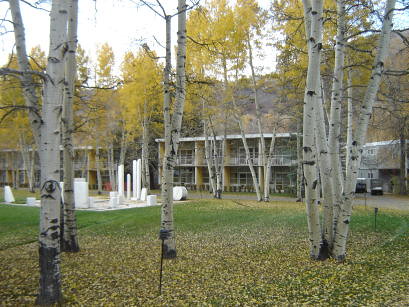(Skip the fluff … See page 8 in the full draft for the table with all the details, check out this one page handout, or read on below for context and a summary.)
Drum roll please. Â The moment you’ve been waiting for … or more likely forgot was coming. 🙂
Awhile back I (Steven Clift) led a Sunshine 2.0 effort for the national League of Women Voters to draft a set of indicators that can be measured by local league chapters to help their local governments improve their support for democracy online. With Citizens United dramatically changing the democratic scene for the League and the launch of our Inclusive Community Engagement Online effort, we’ve all been busy to say the least. Luckily or unfortunately, governments are moving slowly with open government where it actually impacts democratic transparency and public engagement in decision-making, so hopefully this build some momentum.

We started with dozens of indicators and reviewed dozens of reports. Mid-course we switched gears and decided to keep it simple.  So we picked ten indicative indicators that make it easier to compare how your government is doing quickly. One person or small group can just get it done instead of taking months to implement.
Now I have pushed through my major changes in the draft and sent them to the League. Whew!
Just as the drafting was done fully in public online, so to is the final draft submission (Google Doc) to the League. It would be great to get further feedback in the comments that we can share with them as well as to have some people try it out by using it to evaluate their local government. Below is the summary of indicators.
FOCAS 12 – Toward Open and Innovative Governance
Part of my motivation in finishing the draft is that it relates directly to Aspen Institute’s gathering next week hosted by their Forum on Communications and Society in Aspen, Colorado. Now I have a hand-out to share.
Most of the sessions will be webcast live starting Monday, August 6th and unlike most of the off-the-record Aspen events, this one will have lots of tweeting.
Here is a clip from their press release:
“Citizenship and governance in 2012 can benefit from the same digital disruptions that have transformed the business world,†says Charlie Firestone, Executive Director of the Aspen Institute Communications and Society Program. “This forum will explore exciting new ways to move that process along.â€
“Technology has transformed media in the past decade from a one-to-many experience to a participatory one,” said Michael Maness, Vice President for Journalism and Media Innovation at Knight Foundation. “But we’re only beginning to tap the potential of technology to make citizenship and governance far more participatory, allowing individuals and communities to be much more engaged.”
Participants of this year’s FOCAS will include former Secretary of State Madeleine Albright, President of the Republic of Estonia Toomas Hendrik Ilves, California Controller John Chiang, Ushahidi Executive Director Juliana Rotich, and Wikimedia Foundation Executive Director Susan Gardner.
 It is quite humbling to be invited a second time to an event like this. Last year Vice President Al Gore stopped by to chat with us and I recall being in line at breakfast and noting, “hey, that’s nice, someone is in jeans … oh, that’s a Supreme Court justice” (Elena Kagan was there for a different gathering on justice).
Anyway, this list of indicators is my best way after 20 years in the “e-democracy” space to say, “Ideals are nice, but let’s decide what actually matters. What must a government now do online to considered a real democracy in the 21st Century?” My take is that information transparency and data are only a part of the equation, so for some balance, here is what I proposed really matters when it comes to government support for democracy online (focused on local government, the closest government to the people.)
Indicators SummaryÂ
See page 8 in the full draft for the table with all the details.
Representation
1. Elected Officials Directory – Full contact information for all elected officials including direct e-mail address provided online
2. Election Information – A comprehensive collection of election and candidate information for voters.
3. Council Member/Mayor Web Site Section and Social Media Links
Decision-Making
4. Electronic Notification – Option for public meetings available.
5. Meeting Documents – All official public meeting documents online before the meeting
6. Public Meeting Webcasts – Live and On-Demand
Engagement
7. Direct E-Mail/Web Form Contact – Response Time Test
8. Public Online Engagement – Hosted two-way public exchange and/or policy support for government officials and civil servant use of social media in official work
Information
9. Transparency – Key government information and accountability resources online
10. Government Spending – Detailed spending information reported regularly online
